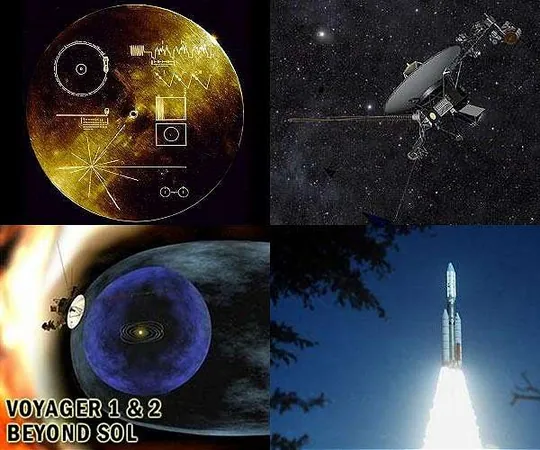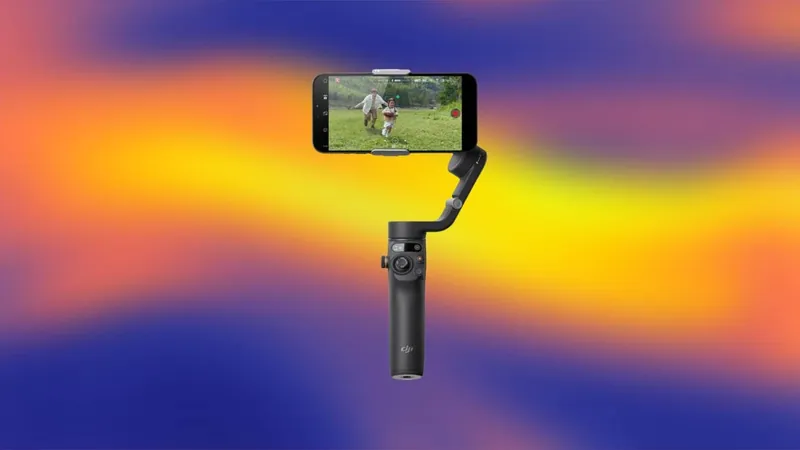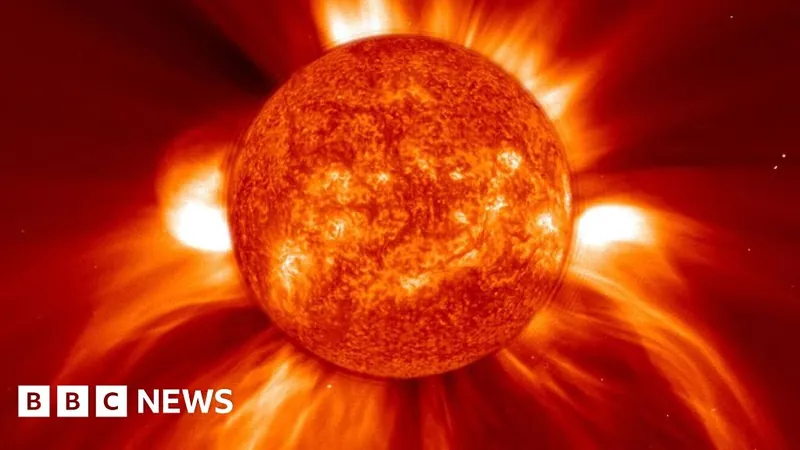
Voyager 1 Triumphs Over Communication Hurdles and Resumes Scientific Operations!
2024-11-27
Author: Siti
NASA's Voyager 1 spacecraft resumes operations
NASA's Voyager 1 spacecraft has triumphantly returned to full operational status after overcoming a communication setback that occurred last month. Situated a staggering 15.4 billion miles (24.9 billion kilometers) from Earth, Voyager 1 faced a major challenge when it unexpectedly switched from its primary X-band radio transmitter to a weaker S-band transmitter. This switch halted the transmission of crucial scientific and engineering data for a brief period.
Restoration of data collection
In a race against time, mission engineers successfully reactivated the X-band transmitter earlier this month, restoring data collection from Voyager 1's four active scientific instruments. By the week of November 18, transmission of regular data had resumed, signaling the team's progress in restoring the spacecraft to its pre-incident operating condition. A key task still under completion includes resetting the computer synchronization system to ensure all systems are in alignment.
Understanding the communication disruption
The communication disruption stemmed from Voyager 1's fault protection system, which is designed to conserve power during critical times. This activation was prompted by a heater that turned on, highlighting the delicate balance of power management onboard. Given Voyager 1's limited power supply, with electricity sourced from decaying plutonium, many nonessential systems have already been turned off to preserve energy for vital operations. Every year, the power generated decreases by approximately 4 watts, pushing engineers to make tough decisions regarding what systems can remain operational for ongoing scientific research.
Resilience of scientific instruments
Despite these challenges, the scientific instruments aboard the Voyager probes have shown remarkable resilience, functioning even in temperatures that exceed their original design limits. As the probes navigate the harsh environment of interstellar space, engineers rely on sophisticated computer models to predict power consumption. However, these models come with uncertainties, chiefly due to the components' age and their unpredictable behavior.
Challenges in managing aging spacecraft
NASA has faced complex dilemmas in its management of the aging spacecraft. Earlier this year, the team had to deactivate one of Voyager 2's science instruments, while Voyager 1 had already decommissioned several instruments back in 1990 following flybys of Jupiter and Saturn. Yet today, the remaining instruments continue to provide invaluable data on interstellar particles, plasma, and magnetic fields.
Conclusion and ongoing exploration
Having journeyed through space for over 47 years, the Voyager probes stand as the last operational spacecraft in interstellar space. Their advanced technology is a testament to human ingenuity, but the quest to keep them functioning presents continuous technical and operational challenges for NASA's mission team. Stay tuned as we follow Voyager 1 on its incredible journey and uncover the secrets of the cosmos! Will these aging explorers continue to surprise us with new discoveries? The stars are the limit!



 Brasil (PT)
Brasil (PT)
 Canada (EN)
Canada (EN)
 Chile (ES)
Chile (ES)
 España (ES)
España (ES)
 France (FR)
France (FR)
 Hong Kong (EN)
Hong Kong (EN)
 Italia (IT)
Italia (IT)
 日本 (JA)
日本 (JA)
 Magyarország (HU)
Magyarország (HU)
 Norge (NO)
Norge (NO)
 Polska (PL)
Polska (PL)
 Schweiz (DE)
Schweiz (DE)
 Singapore (EN)
Singapore (EN)
 Sverige (SV)
Sverige (SV)
 Suomi (FI)
Suomi (FI)
 Türkiye (TR)
Türkiye (TR)